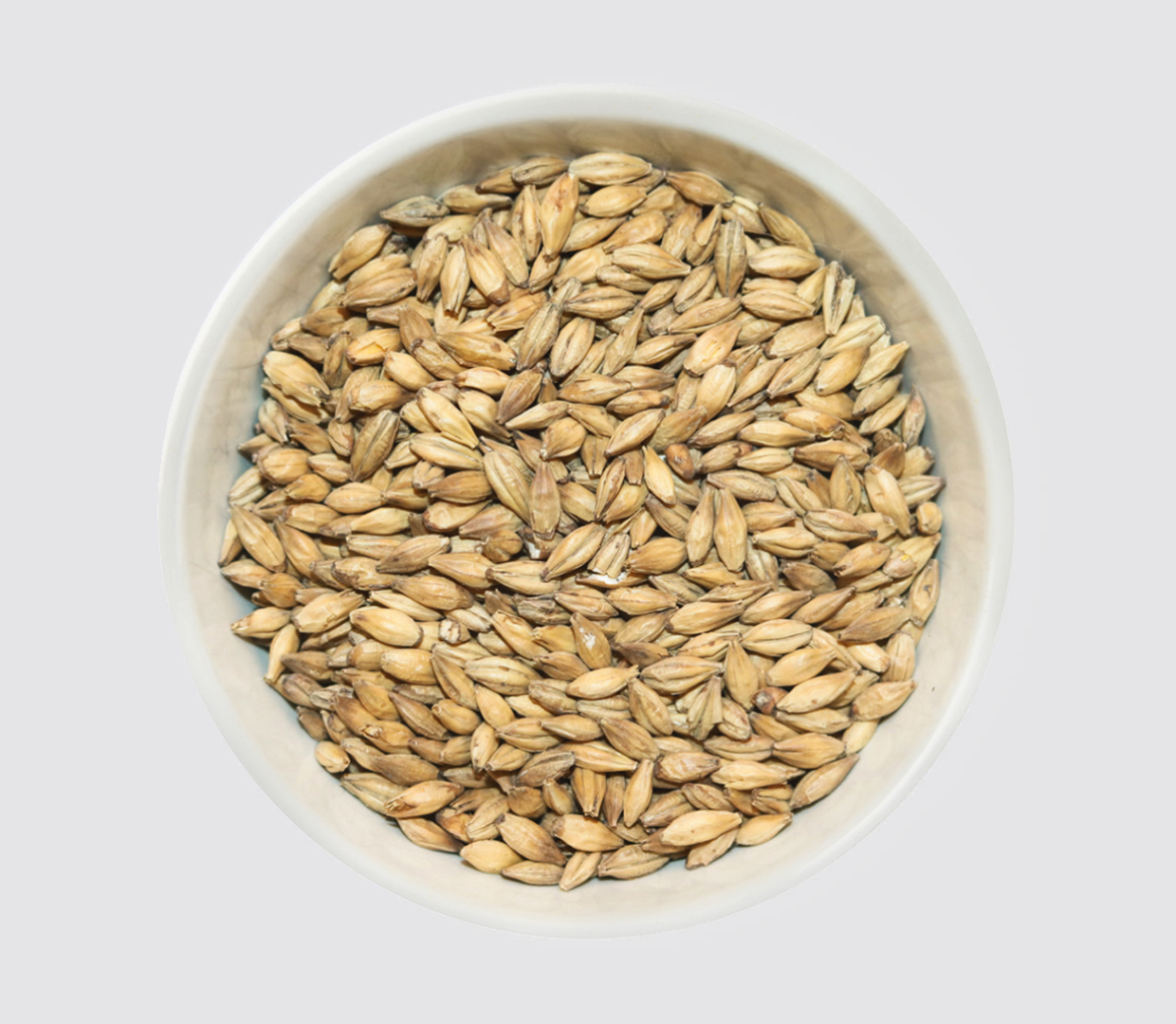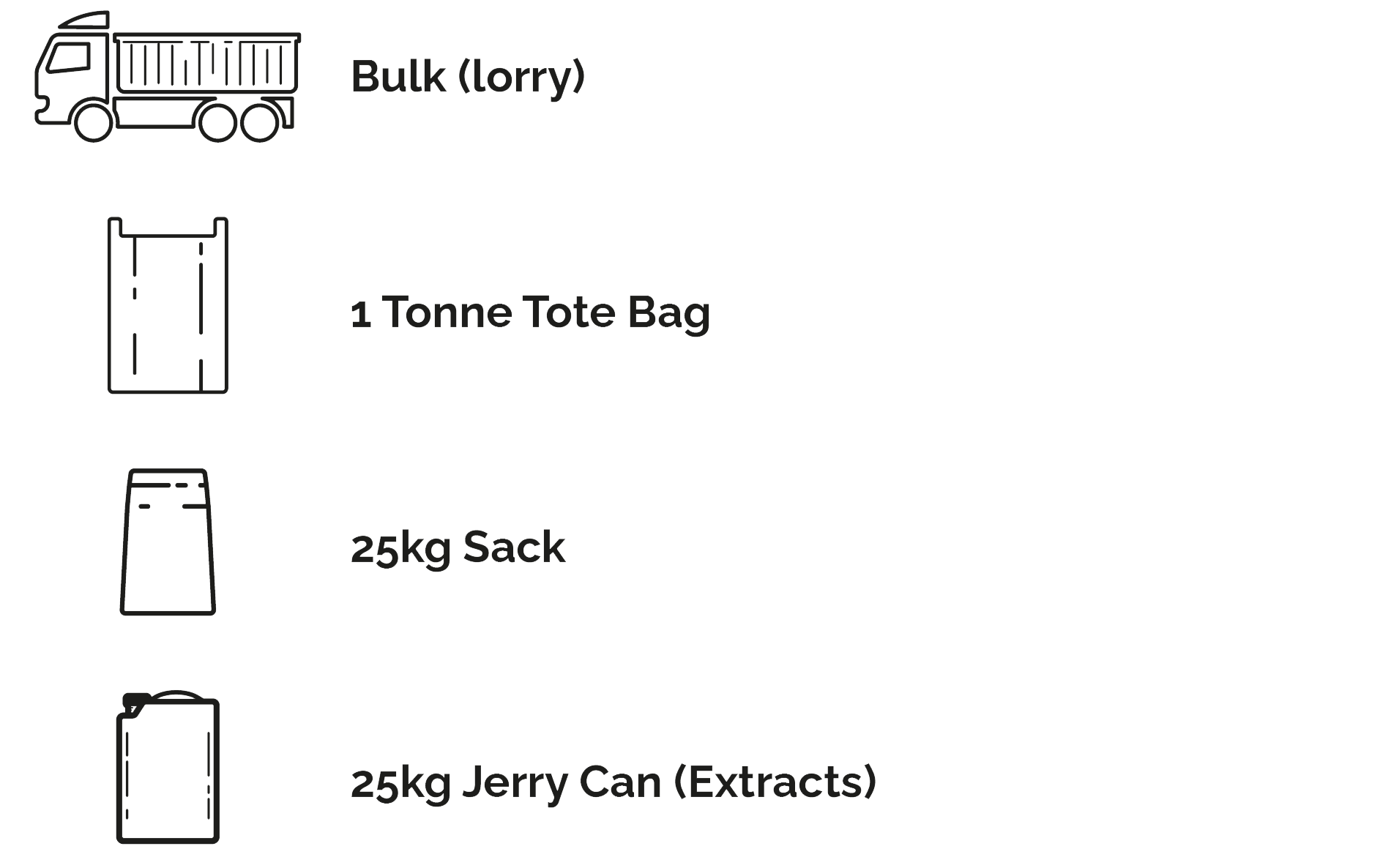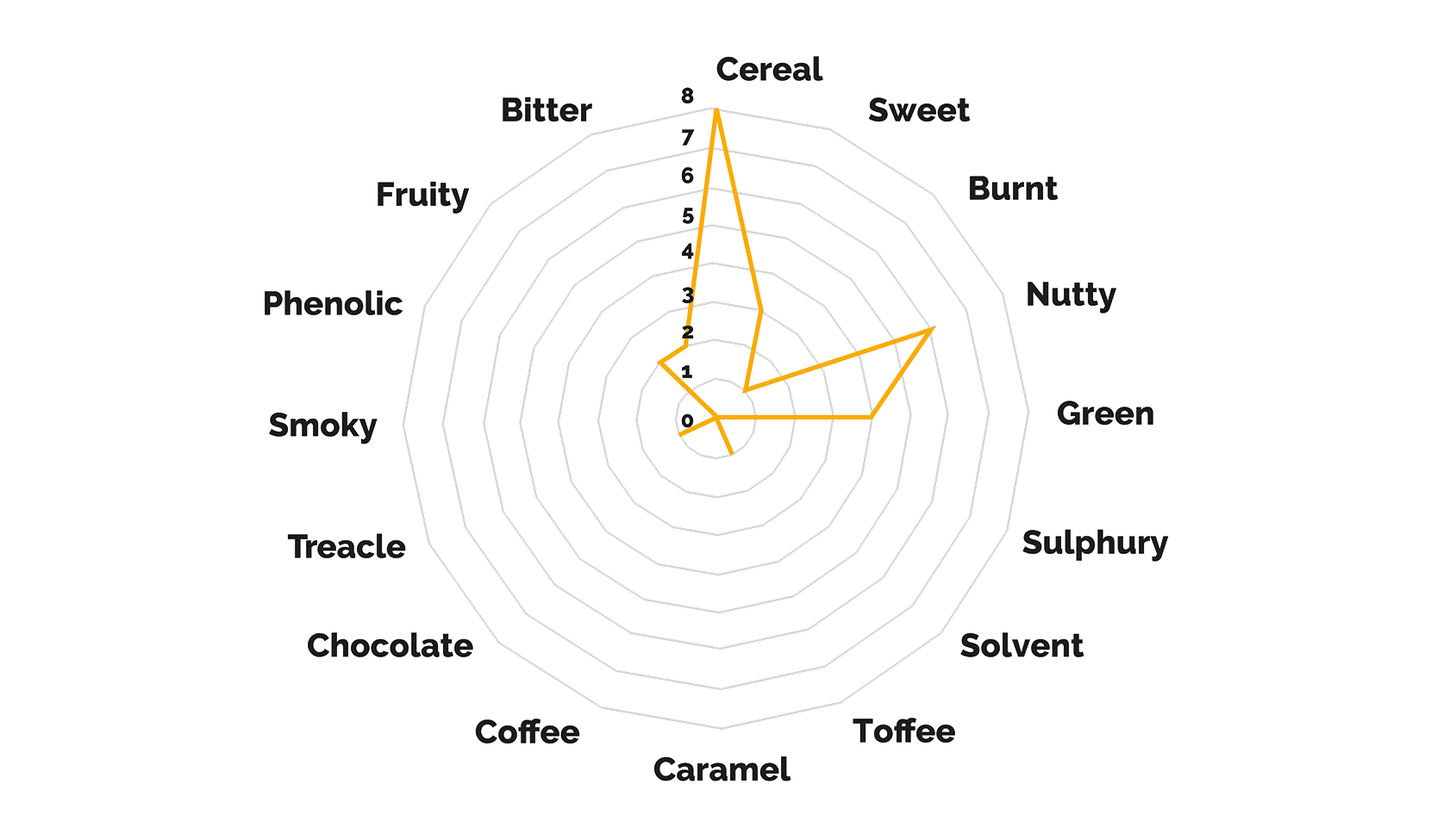
Malt sensory analysis
Although malt tasting is not currently any part of the malt specification, it does offer possibilities to differentiate both positive and negative flavours. Conventional malt analysis may suggest that malts are identical however their flavours could well differ significantly.
We use a method to fully describe the profile of malt using a ‘porridge’ made by grinding whole malts with a small amount of water which helps in the tasting process.
The malt flavour wheel has allowed us to create distinct flavour profiles for the wide range of malts and malted ingredients we produce.

Available pack sizes


Dextrin malt is carefully made to ensure that a high percentage of unfermentable sugars are retained without the malt picking up excessive colour. This makes it ideal for light beer styles where the core flavour profile will not be lost. Dextrin malt is designed to provide body, improve mouthfeel and fullness to beers without adding caramel-like flavours often associated with darker crystal malts. The malt still has some enzyme activity and can be included in ratios of up to 30%. At high dosage rates of 20 -30%, this malt will slightly reduce the overall attenuation and add body and sweetness to the beer. In modern no and low alcohol beers, it has the potential to be used in very high dosages of 50 -75% as it will give the beer a solid highly flavourful base that is not as fermentable as a typical wort.
Applications:
Dextrin malt shows its strength in highly attenuated beers such as Lagers, Brut IPAs, Saisons and Wild fermentations. The high percentage of dextrins and complex sugars add a depth to these beer styles preventing beers becoming too thin or too dry. Try a modest inclusion of 2-3%, and see for yourself how it can enrich your beer.
Typical Analysis:



